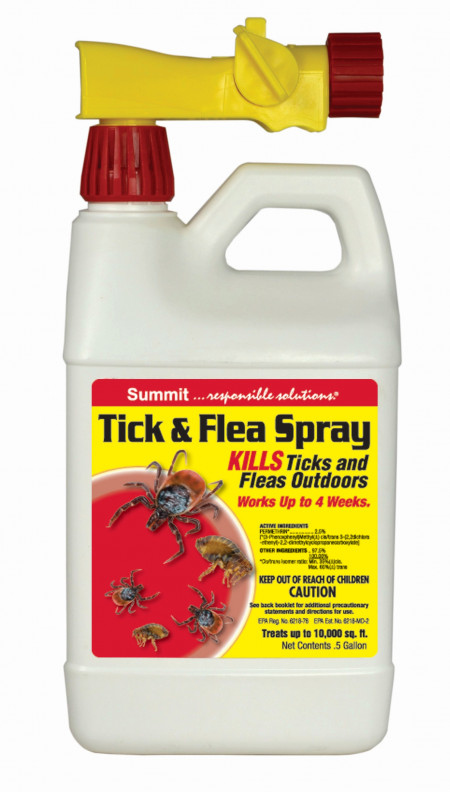Spring Season Brings More Ticks

BALTIMORE, April 7, 2021 (Newswire.com) - As outdoor temperatures rise, so does the population of ticks and other insect pests. Spring is also when more people start enjoying outdoor activities. So, it's no surprise that as the weather improves, exposure to ticks and tick bites escalate.
Ticks are best known for transmitting Lyme Disease, which can cause a rash, fatigue, fever, chills, and headaches—plus aches in muscles and joints. If left untreated, Lyme Disease can cause arthritis, severe joint pain and swelling.
Every year, the CDC (Centers for Disease Control and Prevention) estimates that more than 300,000 cases of Lyme disease occur every year. Lyme disease is transmitted by the bites of infected Blacklegged Ticks (also known as Deer Ticks.)
But Lyme Disease isn't the only disease spread by ticks. The American Dog Tick and the Brown Dog Tick transmit Rocky Mountain spotted fever. The Western Blacklegged Tick can transmit both Lyme disease and Anaplasmosis. The Lone Star Tick carries several diseases.
Tips for Tick Control
Prevention is the key to keeping tick populations down in backyards and larger properties. It also helps to know what environments ticks prefer and how ticks can infest a property.
Ticks thrive in high-humidity areas in a landscape such as areas with thick vegetation. They tend to avoid sunny and dry areas where there are fewer plants. Ticks can't fly or jump, but they often climb to the tips of tall grasses, weeds, and shrubs to wait for an animal or human to come by. When that happens, ticks can climb aboard an unsuspecting person or animal.
To keep ticks from migrating into your yard, discourage wildlife such as raccoons, deer and rodents from coming into your yard. Plant deer-resistant plants and consider deer fencing to discourage deer (which carry Blacklegged Ticks) from visiting your property.
It's a good idea to remove leaf litter and clear tall grass and brush where ticks can hide. A barrier of wood chips or gravel between wooded areas and landscaped yards will make it more difficult for ticks to migrate into yards. Try to locate swing sets and playground areas away from wooded areas.
Controlling Ticks in Your Yard
Many county health departments recommend treating your yard and property perimeter with a permethrin-based spray. Unlike many other backyard insect sprays, Permethrin is an acaricide—a product that provides superior outdoor tick control that continues to kill and repel ticks for up to four weeks. Depending on your area, a single application made in late May or early June can reduce tick populations from 68% to 100%. (Check with your local health department for the best time to apply).
To control ticks, use a permethrin spray such as Summit® Tick & Flea Spray around the perimeter of lawn areas, under porches, and in grassy or bushy areas near the house. Also spray shrubs and climbing plants up to a height of 2-3 feet.
Ticks are attracted to dogs, so spray the areas in the yard where your dogs spend time. Kennels and dog houses should also be thoroughly sprayed.
Summit® Tick & Flea Spray is available in either a handy hose-end spray bottle or as a concentrate that can be mixed with water and applied with a pump sprayer.
Summit® Tick & Flea Spray is available at Tractor Supply, Do it Best, and select local garden centers, hardware stores and online retailers. For more information, visit www.summitresponsiblesolutions.com.
For additional information, read How to Get Rid of Ticks.
Source: Summit Responsible Solutions